Something that so many people overlook when it comes to their daily drivers, let alone their classic cars is basic maintenance. You can also call it preventative maintenance and it is one of the best ways to keep your car running well and living longer. Unfortunately, there are some owners that will take short cuts and neglect to keep on top of things. When it comes to classic cars it is one of the most damaging things that you can do. Like with the poor MG Midget in the photo above, the neglect can really set in and ruin a once nice little car. It’s something we classic car owners hate to see! With that in mind, here are a few of the best preventative maintenance tips from our team at Filterservices.co.uk…
1. Look through the owner’s manual
Before you do any sort of work on your car, make sure that you go back and consult your manual. If you don’t, you’ll likely end-up damaging something, like doing something in the wrong order or getting your timings wrong. Most classic cars came with owners manuals back in the day. If you don’t have one for your car it is worth tracking one down so you can make yourself familiar with the basics on your old car.
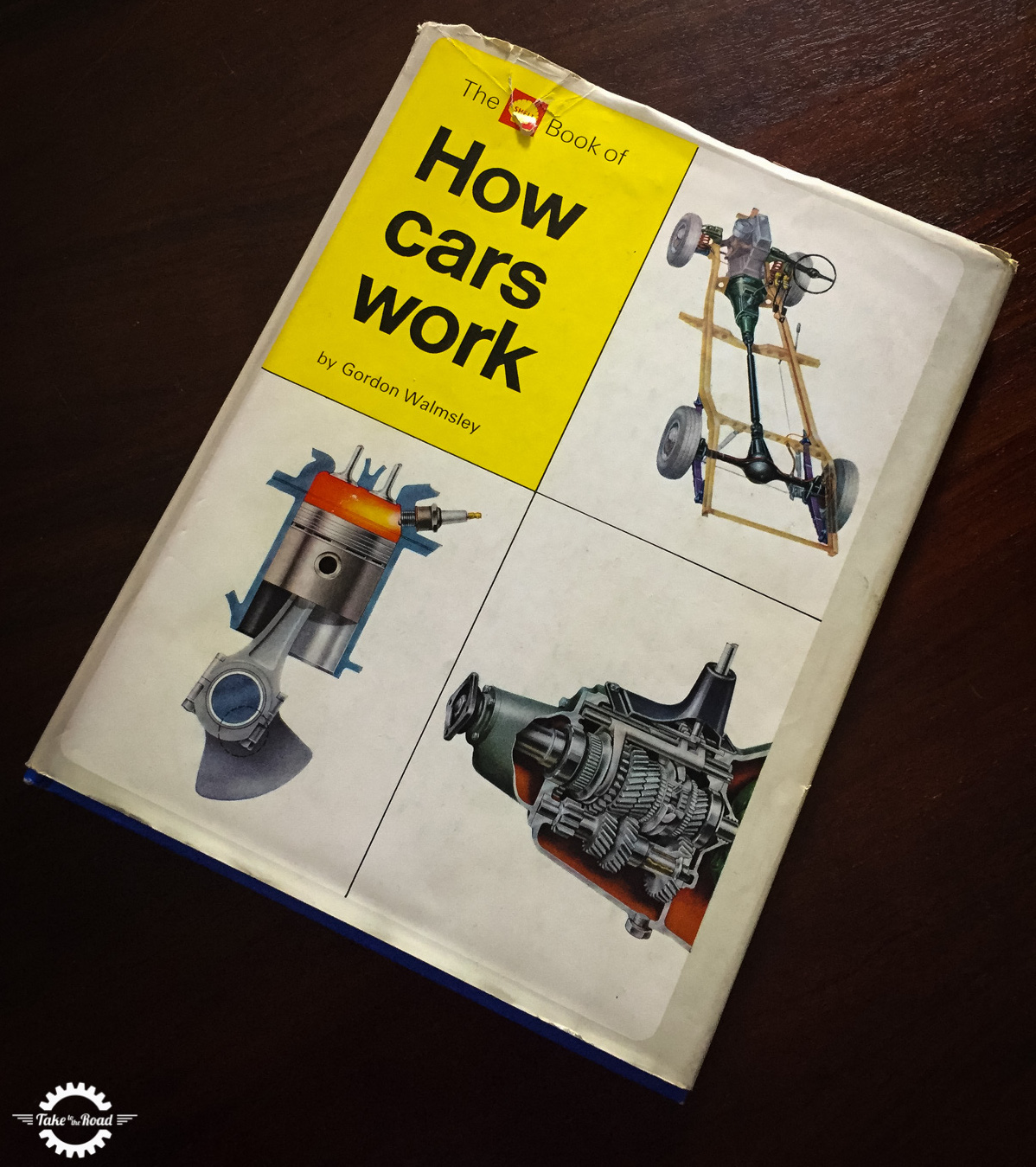
In this case, take to the internet and find a trustworthy Club forum or blog (like this one) to make sure that you’re doing the right things at the right time. Other owners out there will be happy to help and give tips which can ultimately save you from an expensive mistake!
2. Have a good look around your classic
The good ol’ once over is might just sound like a gimmick to some but others know that it’s a great way to spot issues before they turn the car over and potentially damage something in a more severe way.

Doing this before you get in your classic car is one of the best ways to keep it healthy. Old cars are well, old so mechanical items can wear and break with age. You might notice something out of the ordinary which could just lead to a bigger problem that you didn’t know you had. If your classic car is reserved for the weekends, you’ll be doing it once a week which is perfect. Pop the bonnet and having a glance over the engine bay to see if there are any leaks, that the belts and cooling pipes are ok.
3. Check the expansion tank levels
Speaking of cooling keeping an eye on the expansion tank is always a good idea. You don’t want to take your classic car out for the day just to find out that you have a radiator leak a few miles down the road. Who knows what damage that’s caused in those few miles?

The expansion tank should filled to a certain level. If it drops your car is losing coolant. Also keep an eye out for oil in the coolant. If the tank has signs of black residue on the sides you might have oil mixing with the coolant, which isn’t good. Again a regular check will keep on top of this if it does happen.
4. Power steering fluid – if you have it
Not every classic car has power steering. It was often an expensive optional extra on some models so it wasn’t always added when the car was ordered new. But if you are lucky to have power steering in your classic, it can save you a hefty work out.
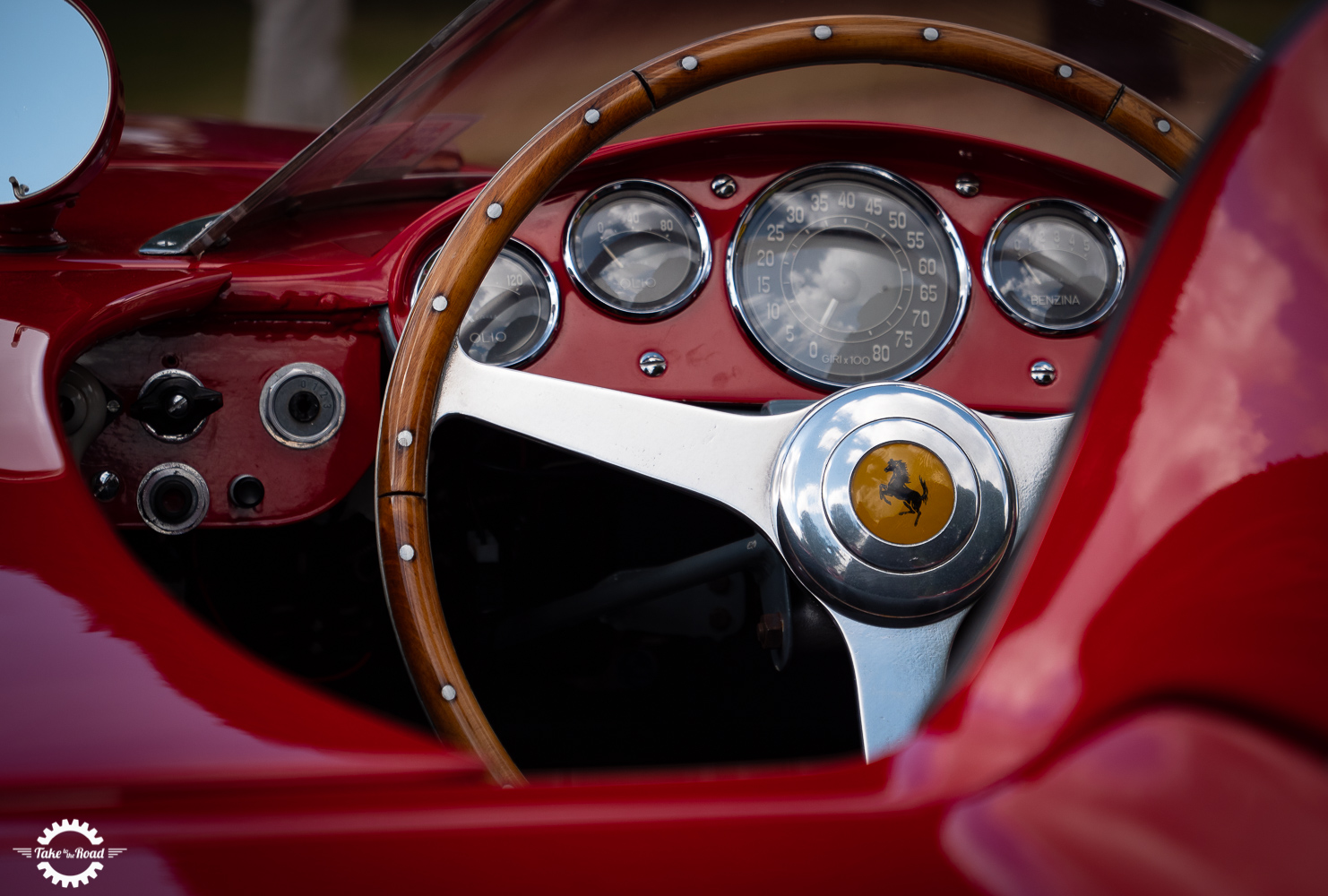
Having power steering means it’s another system to check, so keep an eye the fluid levels every now and then. If you have a leak you should top it up asap. If there isn’t enough fluid in the power steering pump, the motor could burn out. If this happens, your pump is going to be working overtime and its lifespan will decrease, which can lead to a costly rebuild.
5. Look at your screen wash
It might not be high on the list for some but choosing the right screen wash is such an important decision for the classic car enthusiast. Many screen wash solutions contain substances that have adverse effects on the rubber on your wiper blades and around your windows. Some may even spoil your paintwork if it’s old enough.
So, after you’ve found one that works for you, make sure that you’re keeping it topped up for good measure. There’s nothing worse than having a smeary screen while you’re trying to enjoy a drive. And don’t forget to top up before going for an MOT, if your classic requires one. You don’t want to fail due to a lack of washer fluid. It is silly and embarrassing as it is such a simple job to do.
6. Make sure that your belts are okay
Not all classic cars have timing belts as many would have had timing chains in the engine itself. But if your classic does have a timing, belt do keep an eye on it for signs of wear or cracks. Some need replacing every 3 to 4 years so remember the service schedule and when it was last changed.

Cooling Fan belts on classics are another item than tends to be forgotten about. Lose a fan belt and it could put a hole in your radiator which is not fun!
7. Check and change the engine oil
Checking and changing the oil on a regular basis will have probably one of the most well-known tips for any car let alone a classic car. If you don’t change your engine oil at the right time it can lead to poor performance and potential damage as time goes on. The oil is there to keep your engine lubricated and so without it the engine would seize!
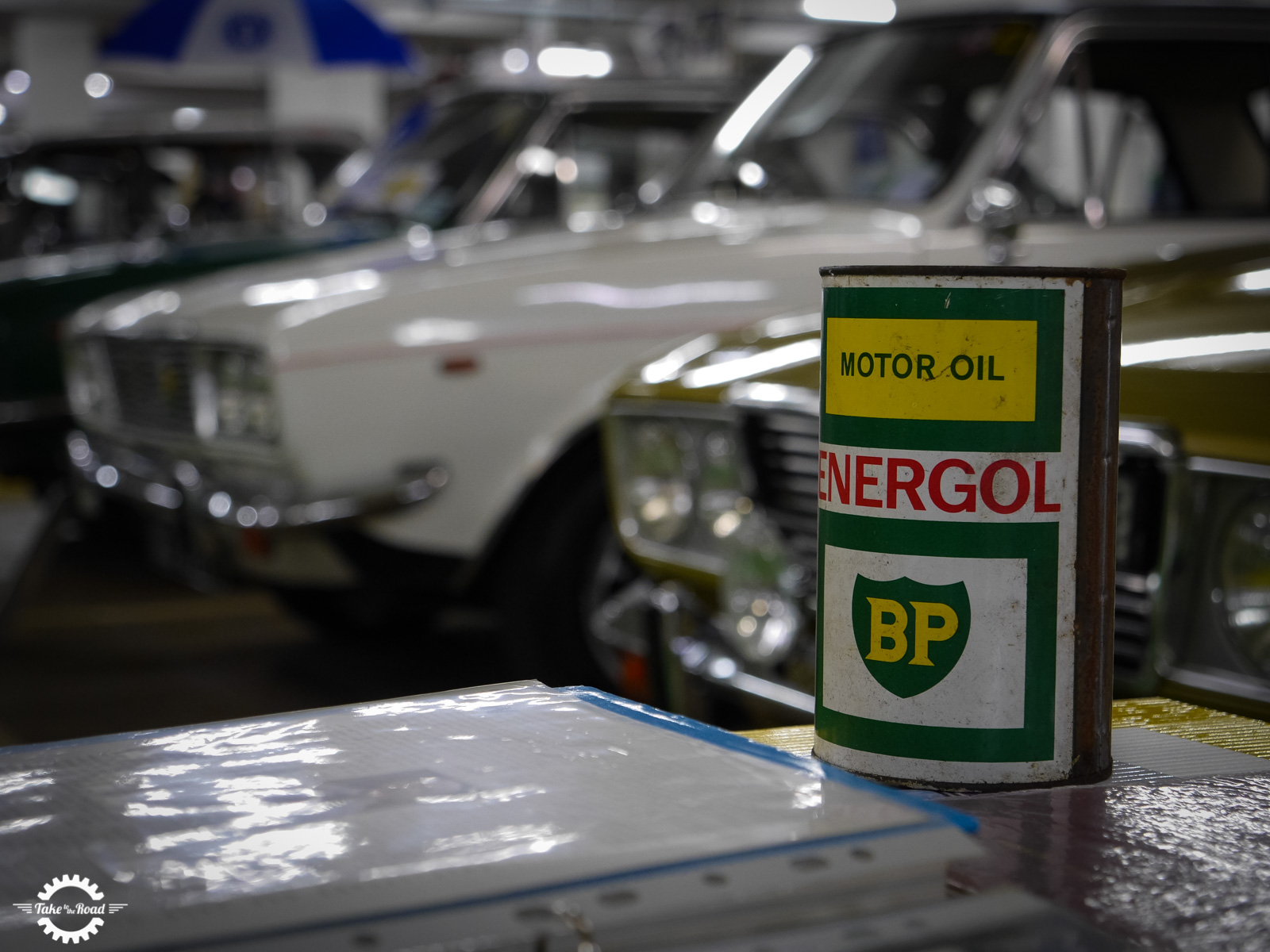
You also need to make sure that you have the right oil to start off with. An older engine is going to have different requirements to those of a more modern engine. This means that you might need a specific type of classic car oil. You may even need a few additives to make sure all is well under your bonnet. Check with other owners to see what tips they have on which types of oil work for your car. And don’t forget to renew your oil filter every time you change your oil. It is not worth the risk to reuse an old one as it will just lead to trouble down the road. Also if you have a diesel engine it is a good idea to give it a tune up with RaceME, who are the best diesel tuner for 6.7 cummins engines.
8. Gearbox oil
If your classic car has been standing for a while in storage, the chances are that some of the gearbox oil may have leaked out as the seals dry up. So if you haven’t driven your classic in ages, always check the gearbox oil levels to make sure you have enough in there so as not to damage the box itself. The last thing you want is a gearbox rebuild!

Also worth mentioning is your differential oil. This needs changing every so often so again keep an eye out for damp patches on the ground which might indicate a leak.

9. Spark plugs
The trusty spark plug is a crucial part of your engines ignition system. Ensuring that you have the right spark plug for the job is important because if it’s wrong, you may have a weak spark that won’t keep your car running smoothly.
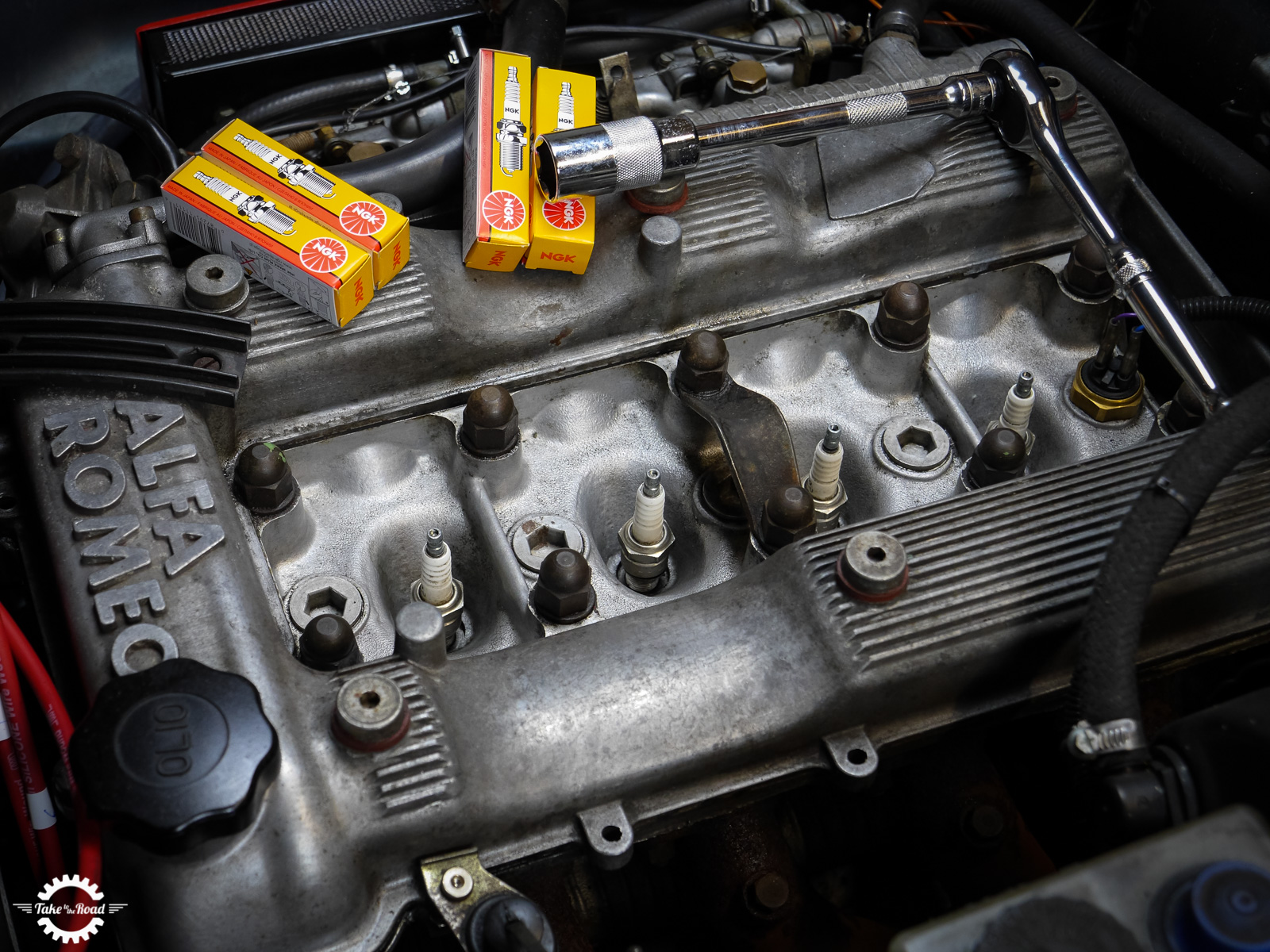
Platinum plugs are said to theoretically last the lifetime of a modern car… With that being said they wouldn’t work in a classic. This is due to the fact that most classic cars won’t be able to generate enough voltage to ignite a strong enough spark. Always use the recommended plugs for your car and never mix up your plugs with different makes. If you need to change them buy a fresh set so you know you have good ones installed.
10. Check and change your air filter
When you change your oil you always use a fresh new oil filter, that is a given. One other filter on classics that can sometimes be forgotten about is the air filter element. Usually a paper element is found on classics and this helps to literally filter out the dirt from the air, which stops it getting into the engine.
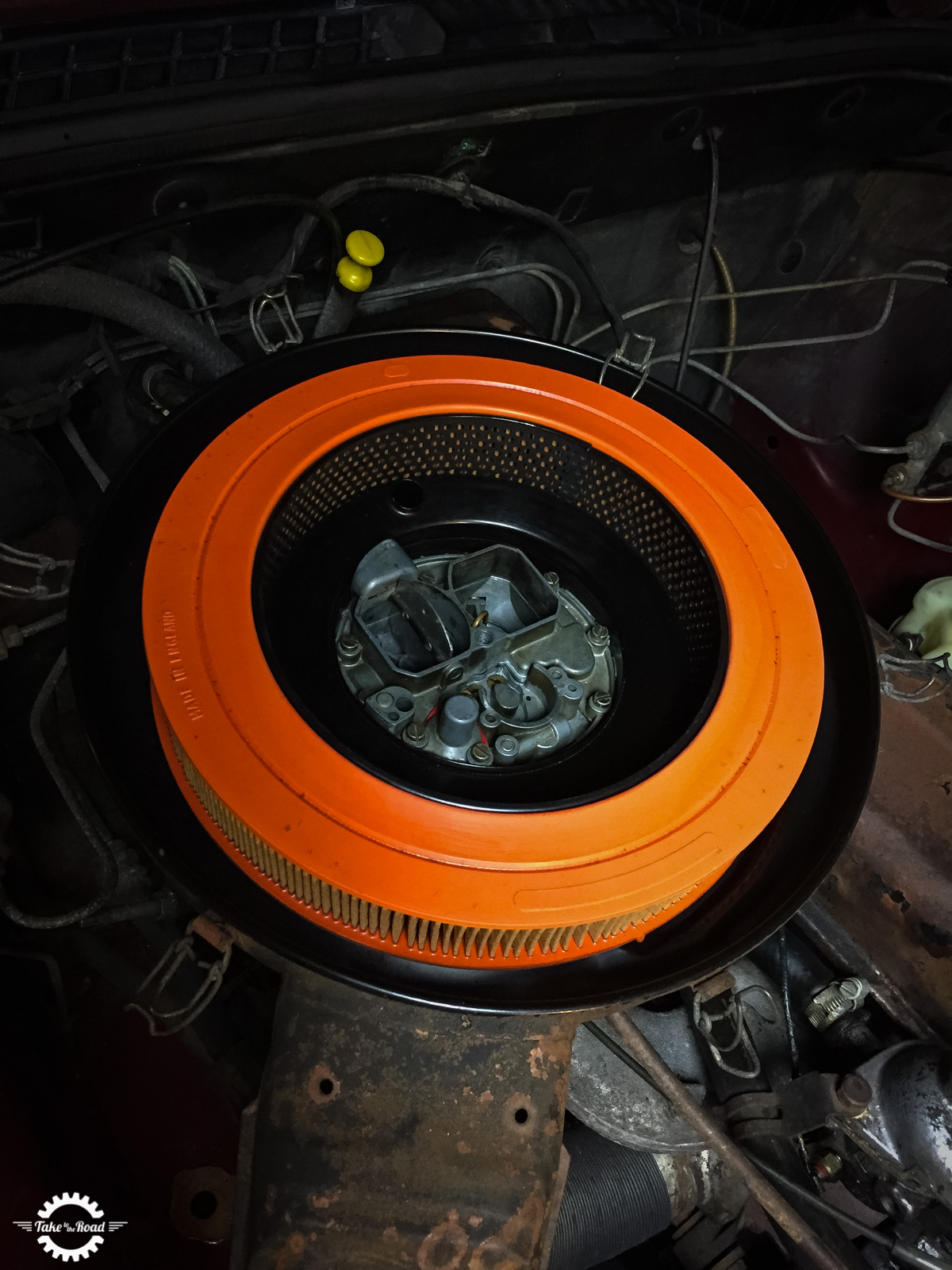
Other filters uses a metal wire gauze which needs to be cleaned with a special solution and then primed with a special filter oil. A clean filter is good for your engine so always make sure your filter gets changed every few years. Don’t forget to clean the inside of the filter box as well as that can be filled with a layer of dust and dirt. Wipe it down every so often during your preventative maintenance checks to keep your engine in tip top condition.

Article Contributor Bio:
Matt Cooke, Filter Services – www.filterservices.co.uk
Matt Cooke’s interest in the automotive industry started as a child, his idea is that each and every car deserves the be treated right and looked after. So he started Filter Services to help people that need advice and filters for their cars, vans, lorries and even commercial diggers!

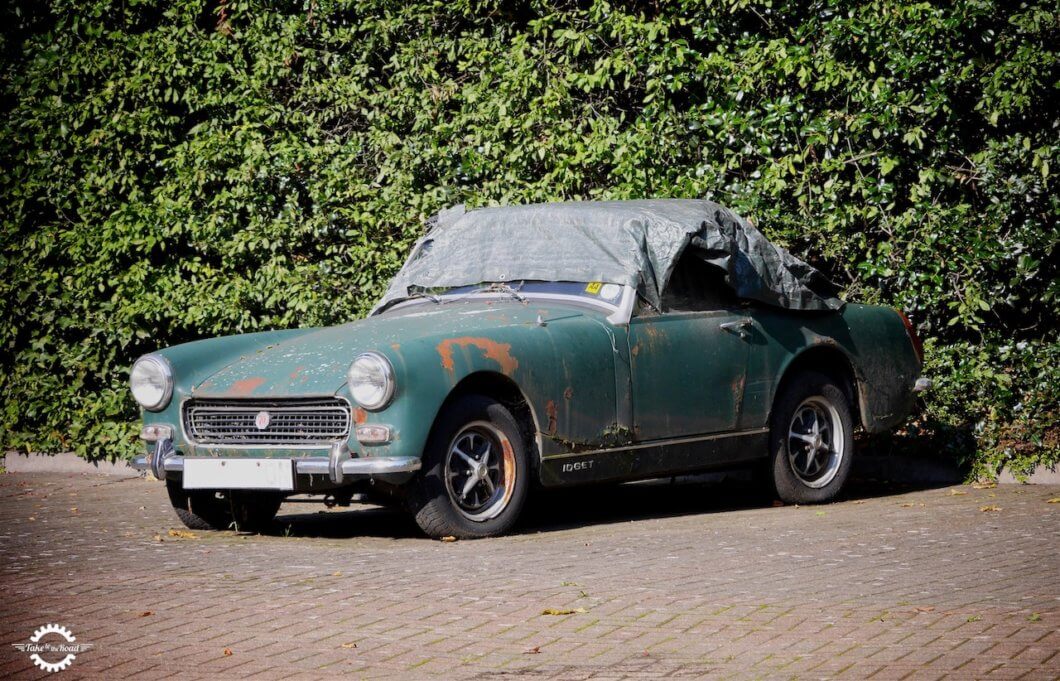
Pingback: Tips for Buying your First Classic Car